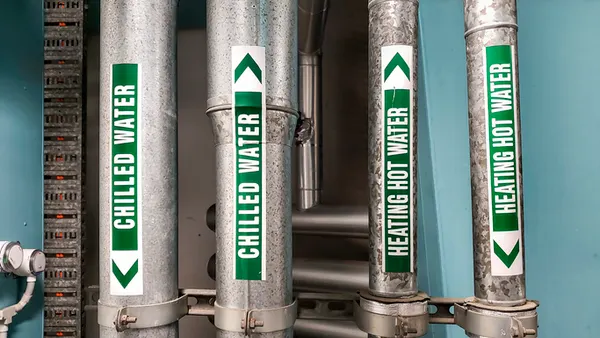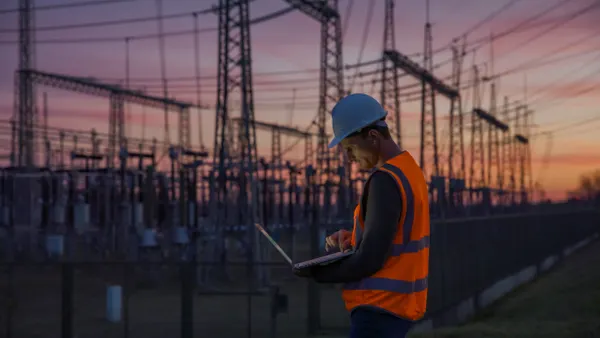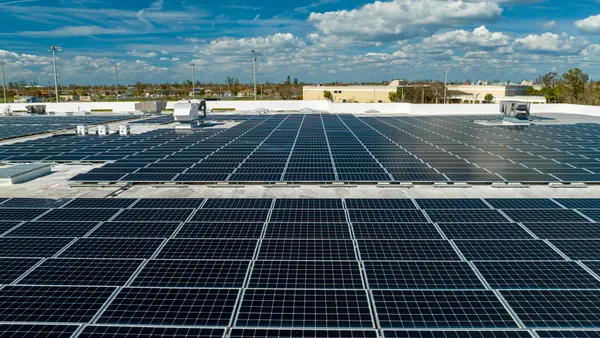Dive Brief:
- Six New York utilities have jointly filed comments broadly supportive of New York's Reforming the Energy Vision process, but they say two key changes to how demonstration projects are evaluated and implemented could help smooth and speed development, Smart Grid Today reports.
- The utilities want regulators to explicitly allow them to develop criteria for valuing demonstration projects, allowing for a more diverse range of projects, and they have asked for their cost recovery proposals to be approved. The comments were made in Track 1 of the REV proceeding, which focuses on creating a market for DERs with the utilities as providers.
- "The criteria should not create a bias towards any specific type of project," the utilities wrote. They are working with regulators to determine how to develop new business models and transform the state's energy industry.
Dive Insight:
Six New York utilities filing together have told regulators that a pair of changes to how demonstration projects are considered would help maintain a diverse flow of proposals while also speeding the state's transition.
"Utilities should be able to propose diverse projects that advance REV and that would include
technology as well as business model and customer engagement projects," the IOUs wrote. "Clarity with respect to both issues will improve the effectiveness of REV demonstration project development efforts and benefit utilities, third-party partners, and customers."
The six utilities filing together include: Central Hudson Gas & Electric; Consolidated Edison; New York State Electric & Gas; Niagara Mohawk d/b/a National Grid; Orange and Rockland; and Rochester Gas & Electric.
The utilities also said that as distributed energy resources spread, the "distributed platform will develop, utility planning activities will be adjusted to better reflect DER potential, and more granular locational information will become available to market participants. ... The incremental nature of REV is demonstrated by the fact that many policy decisions are inter-related to the [distributed system implementation plan]."
The state's REV proceeding presses utilities to create technology-driven solutions enabling distributed resources, efficiency and new market designs. Proposals have so far included a new platform to improve distributed resource coordination; microgrids; an energy marketplace for services; and a community program aimed at scaling up efficiency measures.
In October, utilities filed comments on Track 2 of the REV docket, endorsing the overall strategy of the initiative but expressing some concern over how power companies will make money in the new distributed energy markets and whether there will be enough market players to realize REV's vision of the utility as a facilitator of third-party DERs on the grid.














